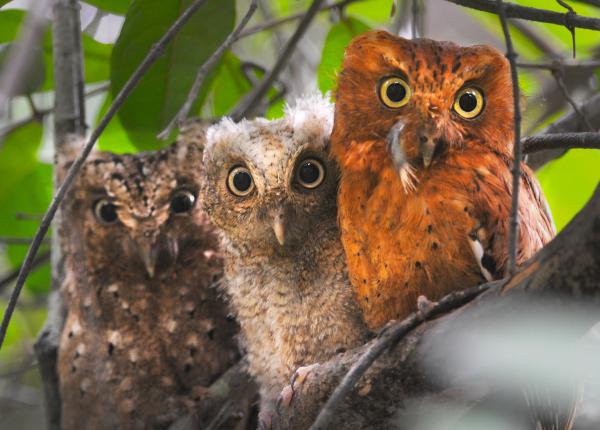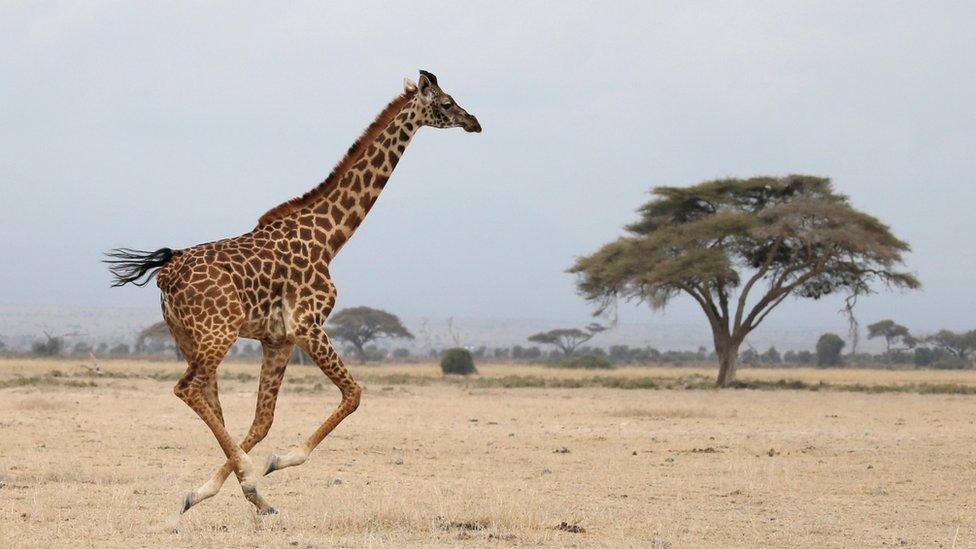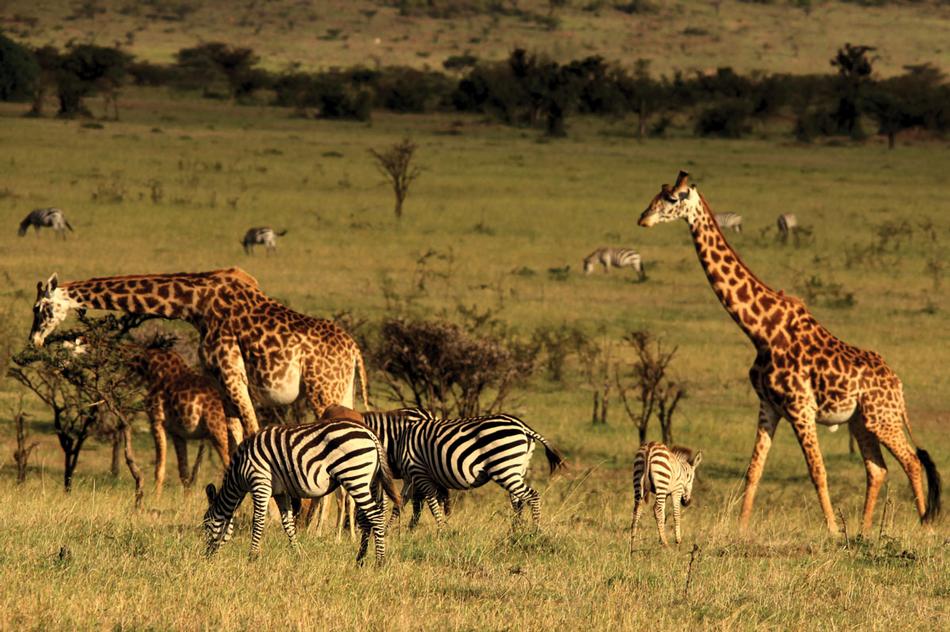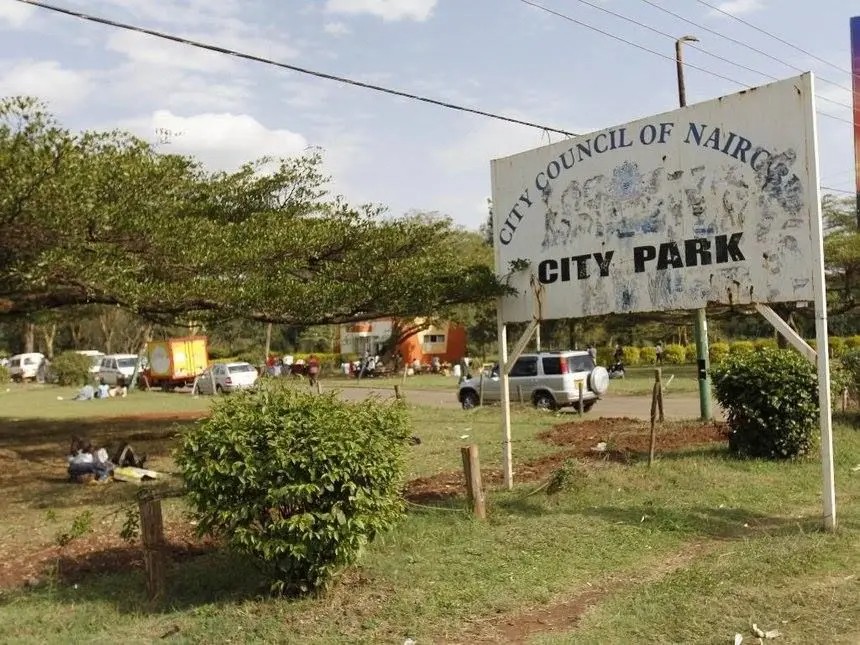- Unfortunately, climate change is already disrupting these delicate systems. Prolonged droughts, unpredictable rainfall, and rising temperatures are altering the structure and function of the Arabuko Sokoke Forest.
Deep in the heart of East Africa’s dwindling coastal forest, a tiny bird perches silently among the trees, easily missed by even the keenest observer. The Sokoke Scops Owl is barely 20 cm tall, with camouflaged plumage that blends seamlessly into the forest. But even as it hides in the shadows, a far reaching threat is creeping into its fragile world.
It is one of Africa’s most elusive and endangered birds, found only in the Arabuko Sokoke Forest and parts of Tanzania with only a count of less than 400 in population making not only rare but also in danger of disappearing entirely.
Unlike more common owls, the Sokoke Scops Owl is extremely habitat specific and relies on the unique conditions of the coastal dry forests, particularly areas with mature trees, thick canopy cover and a steady population of insects and small prey for food. These requirements make it especially vulnerable to even subtle shifts in environmental conditions.
Unfortunately, climate change is already disrupting these delicate systems. Prolonged droughts, unpredictable rainfall, and rising temperatures are altering the structure and function of the Arabuko Sokoke Forest. Reduced moisture in soil affects the health of native trees which in turn affects insect populations and nesting habitats.
The hollow trees where these owls breed may dry out, collapse or rot prematurely. At the same time, the timing if insect hatching which is critical for feeding chicks is becoming less reliable as seasonal patterns change. And when droughts strike, forest fires, previously rare in this ecosystem become more likely.
Read More
These changes are not only inconvenient for the owl but also life threatening. When rainfall becomes irregular or scarce, breeding success decreases a lot. When food sources become unpredictable, both adult and chick survival are affected negatively.
This may seem trivial, but for a bird that times its breeding to the availability of food, even a small mismatch in season could mean starvation for its chicks. Therefore climate change acts as an invisible but strongly felt predator affecting everything from prey availability to nesting success.
The Sokoke Scops Owl is currently listed as endangered by the International Union for Conservation of Nature (IUCN), with an estimated of fewer than 400 in number.
The continued survival of this elusive bird depends not only on protecting its forest home from deforestation but also on ensuring that climate adaptation strategies are in place. This includes long-term forest monitoring, restoring degraded areas and engaging local communities in conservation efforts.
As the climate changes, localized species like the Sokoke Scops Owl have fewer options. They can’t adapt overnight and they certainly can’t speak up for themselves.
Efforts by organizations like BirdLife International, Nature Kenya to monitor owl populations, restoring degraded forest patches and raising awareness among local communities are vital not only for saving the Sokoke Scops Owl but also for protecting the entire Arabuko Sokoke ecosystem which supports many other species.
The Sokoke Scops Owl serves as a powerful indicator of what climate change is doing to Africa’s biodiversity. Protecting this owl means protecting the health of one of Africa’s remaining Coastal forests and taking action before silence replaces song.
In many ways, the Sokoke Scops Owl is a symbol, a quiet voice in the global climate conversation reminding us that the smallest creatures are often the first to feel the heat. Their survival is a measure of our own willingness to act.






